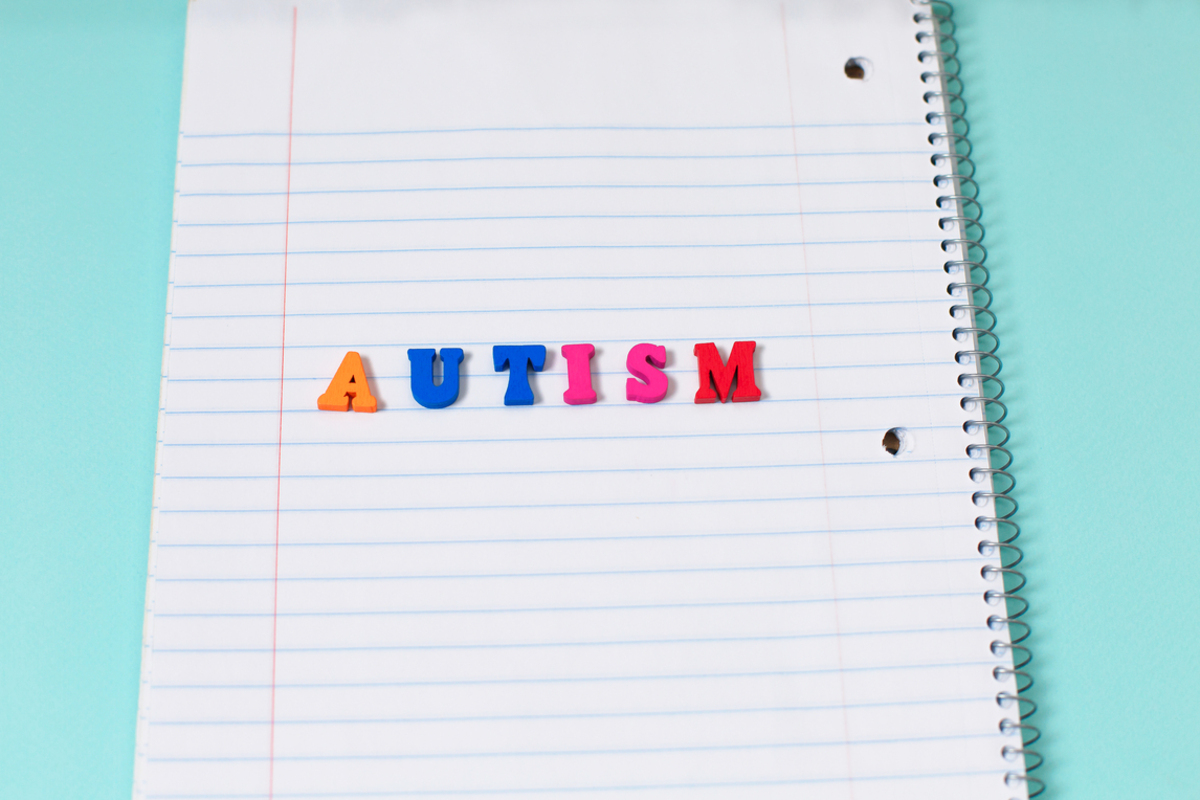What is Pervasive Developmental Disorder-Not Otherwise Specified, and is it a real disorder? No matter why you want answers to this now quite unusual question, we're happy to help out. The answer is both quite complicated and rather simple.

PDD-NOS: No longer a DSM diagnosis
Pervasive Developmental Disorder-Not Otherwise Specified — sometimes referred to as "atypical autism" — was a diagnostic category in the now-defunct DSM-IV, the diagnostic manual used in the US until 2013. Though the World Health Organization's ginormous list of diseases, the ICD-10, still includes PDD-NOS, the DSM-5 that superseded the previous version of the US diagnostic and statistical manual no longer includes this diagnosis.
People who would previously have been diagnosed with PDD-NOS who meet the current diagnostic criteria for Autism Spectrum Disorder will simply be considered autistic now. In most cases, they'd additionally be considered to have what the DSM-5 calls "level 1 autism", meaning they will require some support to function optimally. Colloquially, this would be referred to as high-functioning autism or mild autism. Some people who would have been diagnosed with PDD-NOS in the past will, meanwhile, not meet the diagnostic criteria for autism, and will thus not be diagnosed with anything.
Was PDD-NOS ever a real disorder?
That's very much open to debate.
Pervasive Developmental Disorder-Not Otherwise Specified might have been diagnosed if a person met some of the diagnostic criteria for other autism-related disorders recognized in the DSM-IV — Autistic Disorder, Asperger Syndrome, Rett Syndrome, or Childhood Disintegrative Disorder — but not enough to warrant a diagnosis.
Was PDD-NOS a real disorder, or a diagnosis that essentially just meant "Sorry, we don't quite know where you fit?" The fact that a single paragraph was devoted to it in the DSM-IV is quite telling. That paragraph basically just said that PDD-NOS could be diagnosed when a person:
- Had struggles with social communication and interaction.
- Had deficits in the areas of verbal communication and non-verbal communication — things like body language and eye contact.
- Had so-called stereotyped interests and behavior — like autistic stimming (hand-flapping, spinning, etc) and special interests.
- But couldn't be diagnosed with another autism-related condition because their symptoms emerged later in life, weren't severe enough, or were quite a bit different than what clinicians would usually expect to see.
PDD-NOS vs Autism Spectrum Disorder: How do the new diagnostic criteria differ?
For the first, the DSM-5 lists the following examples:
- Differences in or struggles with back-and-forth social interactions, like not being very interested in sharing emotions, not knowing how to strike up a conversation, or finding it hard to engage back-and-forth dialogue with people.
- Unusual non-verbal communication, demonstrated, for instance, through a lack of eye contact, a blank facial expression, or an inability to understand the gestures people often use.
- Trouble developing or maintaining social relationships.
The second key characteristic of autism may be displayed through:
- Self-stimulatory behavior, such as hand-flapping, lining up objects, repeating certain phrases, fidgeting, and so on.
- A need for routine and familiar situations, and trouble dealing with new situations or changes.
- Rather intense and particular interests — often called special interests or autistic obsessions — that take up a lot of time and energy, often to the exclusion of pretty much everything else.
- Unusual sensory reactions, which can include being really sensitive to bright lights, sounds, pain, textures, smells, and so on, but also being much less sensitive than is typical.
These traits have to show up early in life for a person to be diagnosed with ASD, though it is certainly possible for that diagnosis not to come along until adulthood. They also have to cause significant struggles and shouldn't be better explained by another diagnosis.
Autism Spectrum Disorder is a broad term that encompasses people with and without intellectual impairments and people with language delays — including non-verbal people — as well as those without. Once a diagnosis is made, the DSM-5 also sets forth three different levels of severity.
At level 1, an autistic person will struggle to live their best life without support, but may have developed coping mechanisms to the point that they can pass as non-autistic among people who don't know them well. Folks who would previously have been told they had PDD-NOS are most likely to fall into this category, since this old diagnosis covered people who didn't quite meet the diagnostic criteria for other forms of autism.
- Diagnostic and statistical manual of mental disorders (5th ed.). Arlington, VA
- American Psychiatric Association (2000). Diagnostic and statistical manual of mental disorders (4th ed., Text Revision). Washington, DC
- Photo courtesy of SteadyHealth


Your thoughts on this